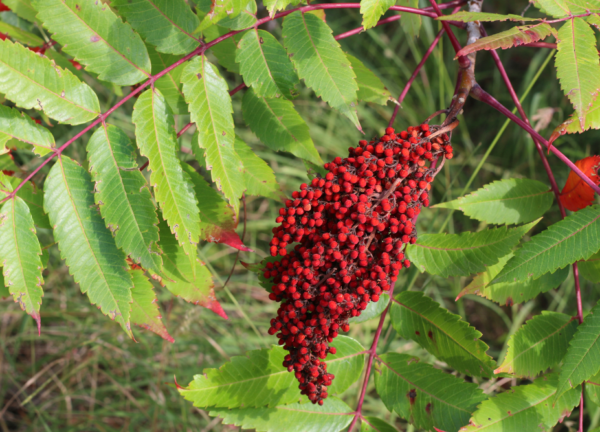Did you find berries growing on the trail and wonder if you can eat them? Here are some tips to help you decide.

These Berries are Not Safe to Eat
- Nearly all white, green, and yellow berries are poisonous.
- Never eat the berry (or the leaves) from a plant that has a milky sap.
- 50% of red berries are poisonous, so eating them is only worth the risk if you can positively identify it.
- Avoid leaves or seeds with an almond-like scent, a characteristic of cyanide compounds.
These Berries are Safer to Eat
- 99% of aggregate berries (small fruit pieces joined tightly at a base to make a larger fruit), such as the raspberry, salmonberry, blackberry, and thimbleberry, are safe to eat.
- 90% of purple, blue, and black colored berries are safe to eat.
- 70% of soft berries are safe. So red and soft improves your odds.
- Single fruits on a stem are usually safe to eat.
Survival expert, Mykel Hawke, gives this handy mnemonic for remembering which berries are safe to eat in the wild.
“White and yellow, kill a fellow.
Purple and blue, good for you.
Red… could be good, could be dead.”
